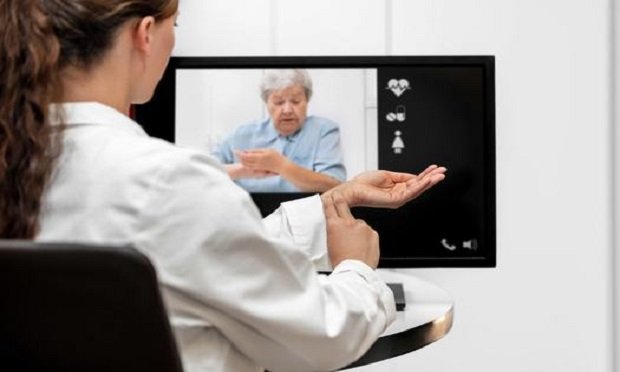 The uses and benefits of telemedicine are surpassing what so many thought could be possible for the aging services industry. (Photo: Shutterstock)
The uses and benefits of telemedicine are surpassing what so many thought could be possible for the aging services industry. (Photo: Shutterstock)
Telemedicine has become a valuable medical technology and resource during the novel coronavirus (COVID-19) pandemic. Medical professionals and patients recognize that telemedicine is no longer solely about convenience; however, it offers a safe alternative to the traditional methods of delivering an array of medical services. Although telemedicine has been available for years, the current pandemic has accelerated its adoption within the broader populace.
Recommended For You
Want to continue reading?
Become a Free PropertyCasualty360 Digital Reader
Your access to unlimited PropertyCasualty360 content isn’t changing.
Once you are an ALM digital member, you’ll receive:
- Breaking insurance news and analysis, on-site and via our newsletters and custom alerts
- Weekly Insurance Speak podcast featuring exclusive interviews with industry leaders
- Educational webcasts, white papers, and ebooks from industry thought leaders
- Critical converage of the employee benefits and financial advisory markets on our other ALM sites, BenefitsPRO and ThinkAdvisor
Already have an account? Sign In Now
© Touchpoint Markets, All Rights Reserved. Request academic re-use from www.copyright.com. All other uses, submit a request to [email protected]. For more inforrmation visit Asset & Logo Licensing.







